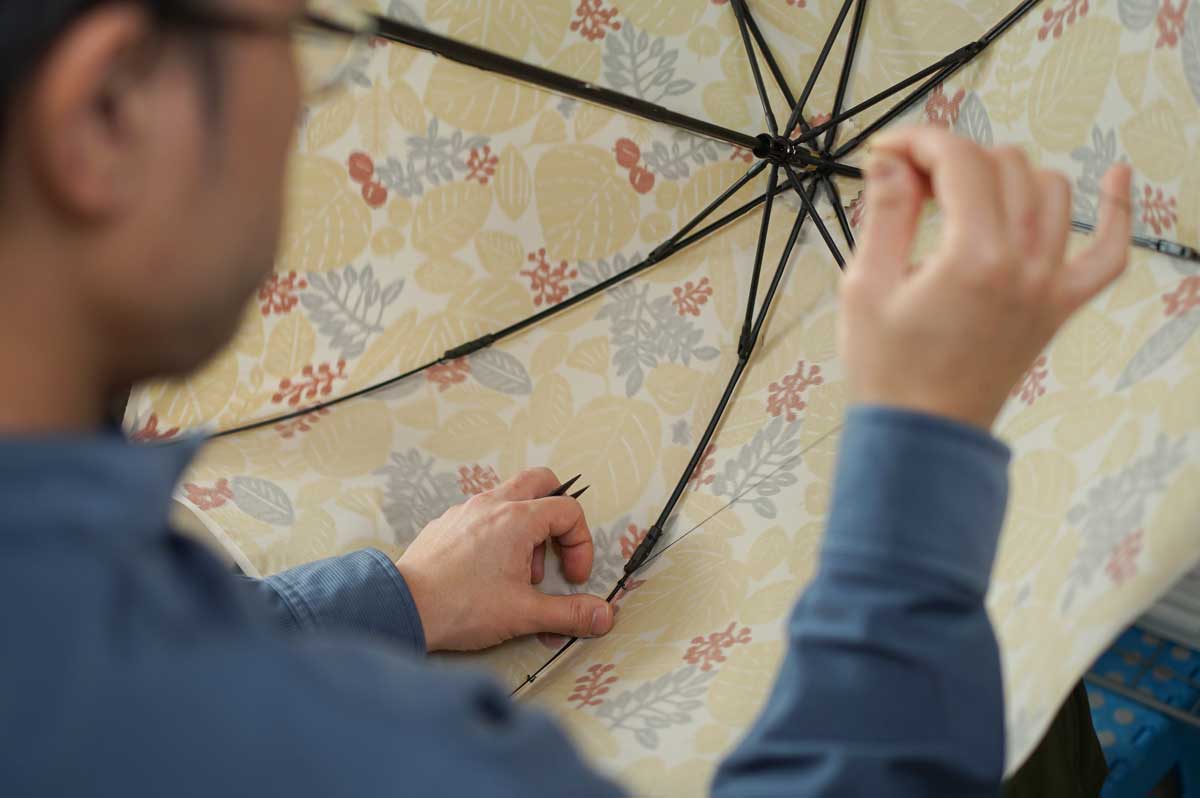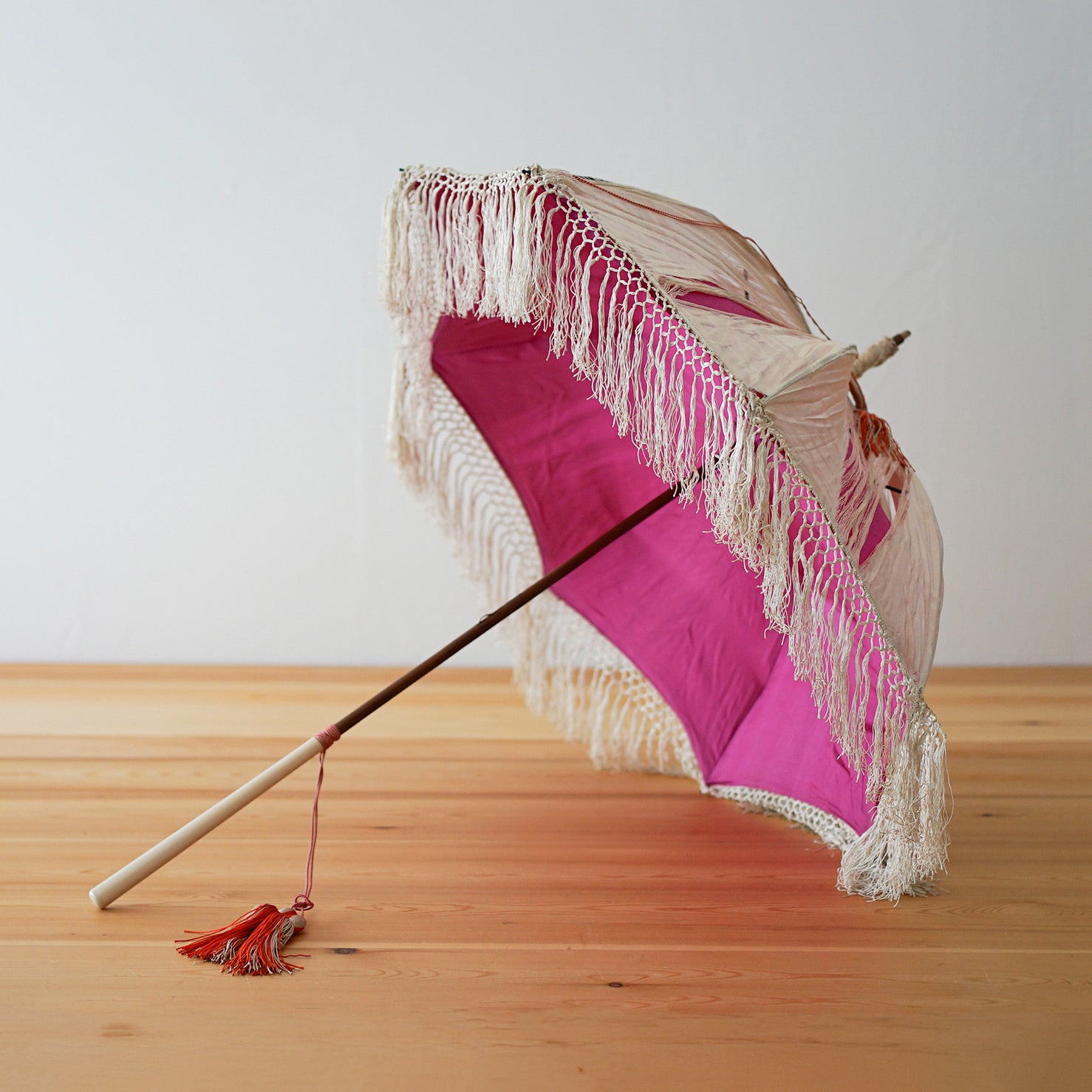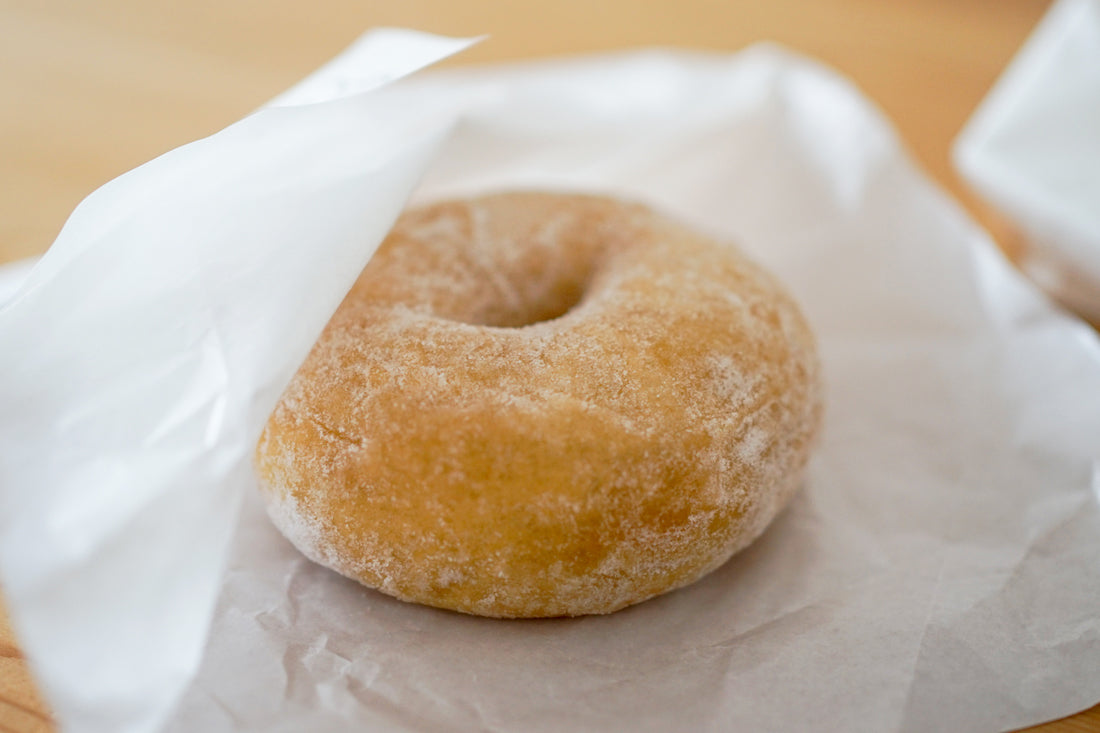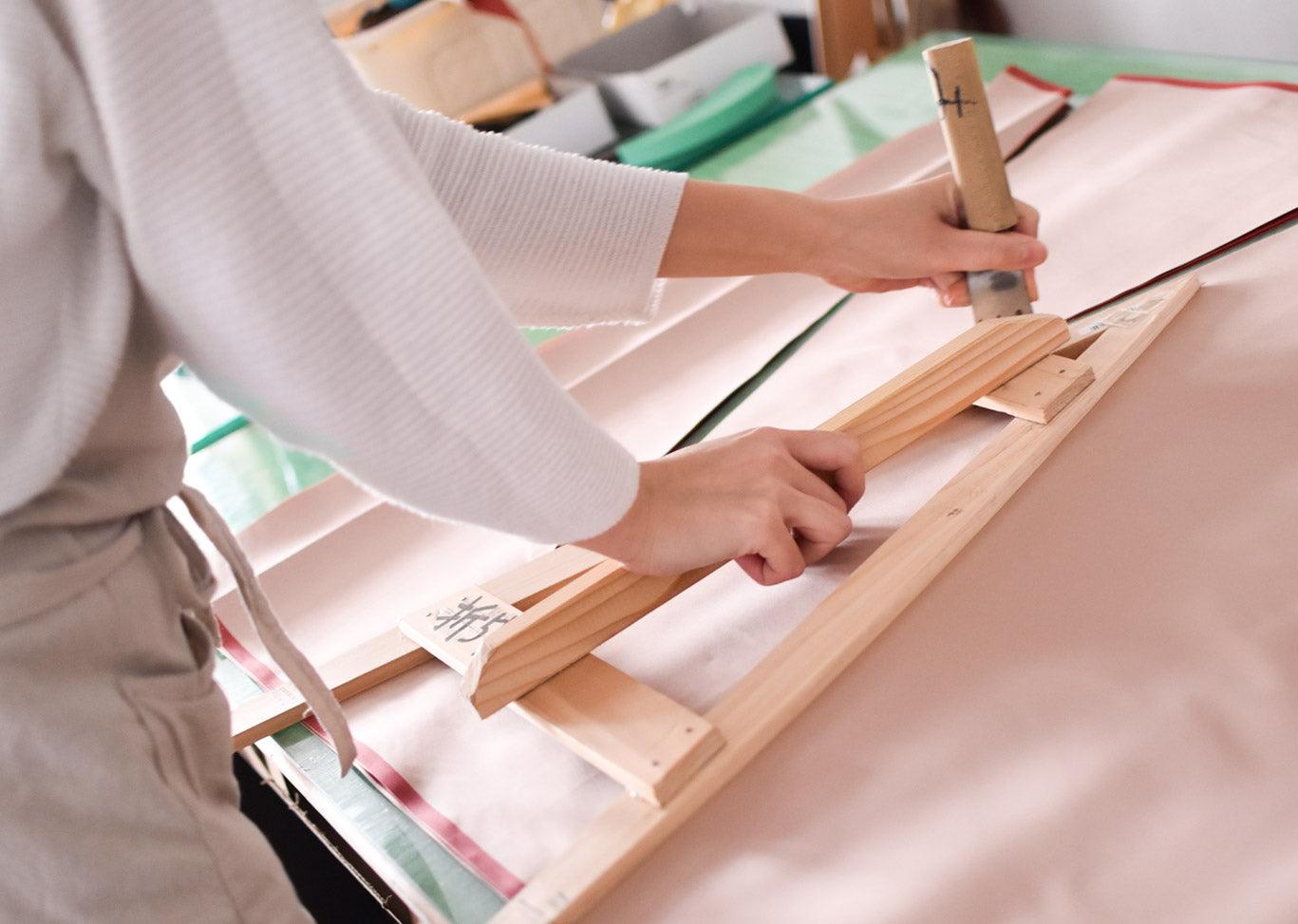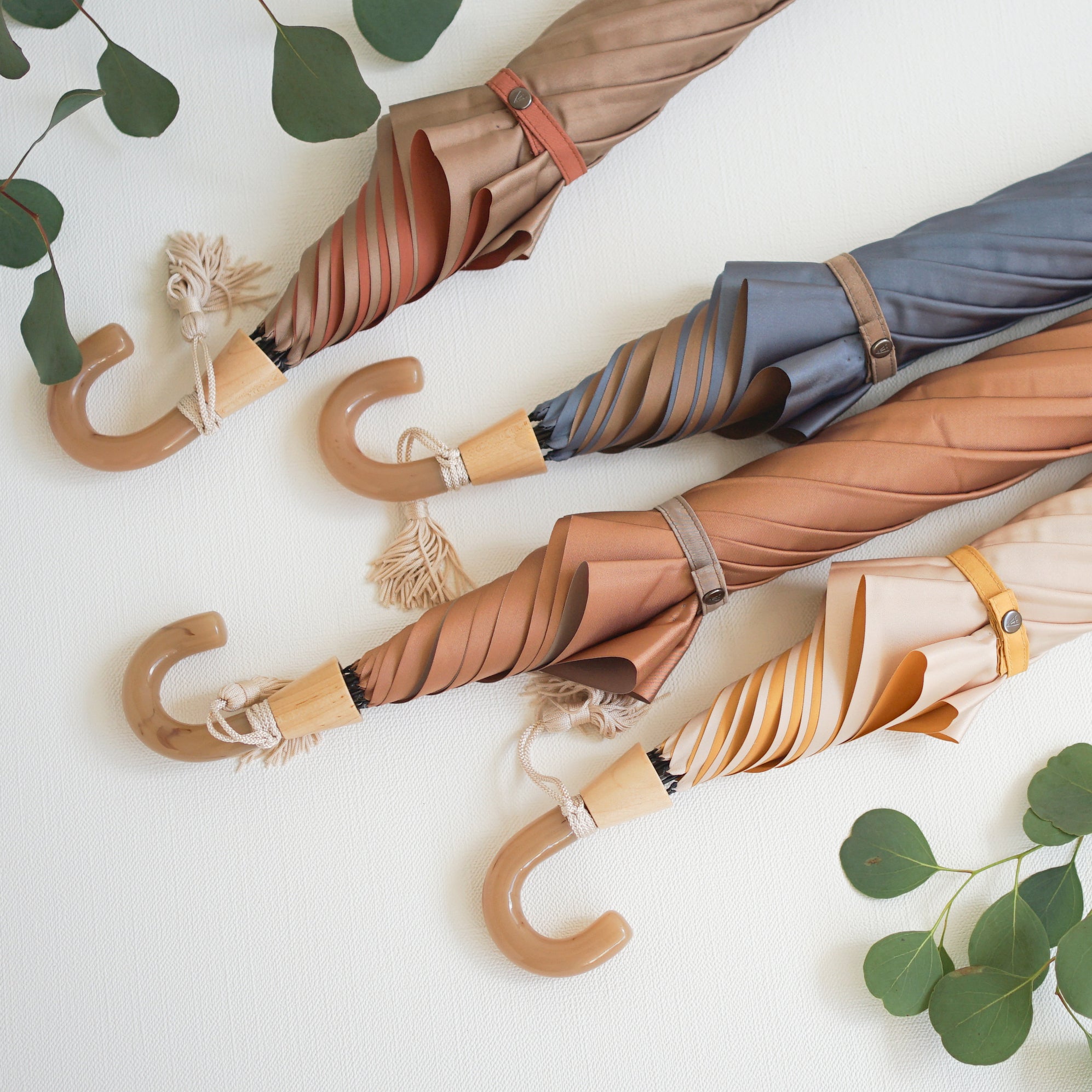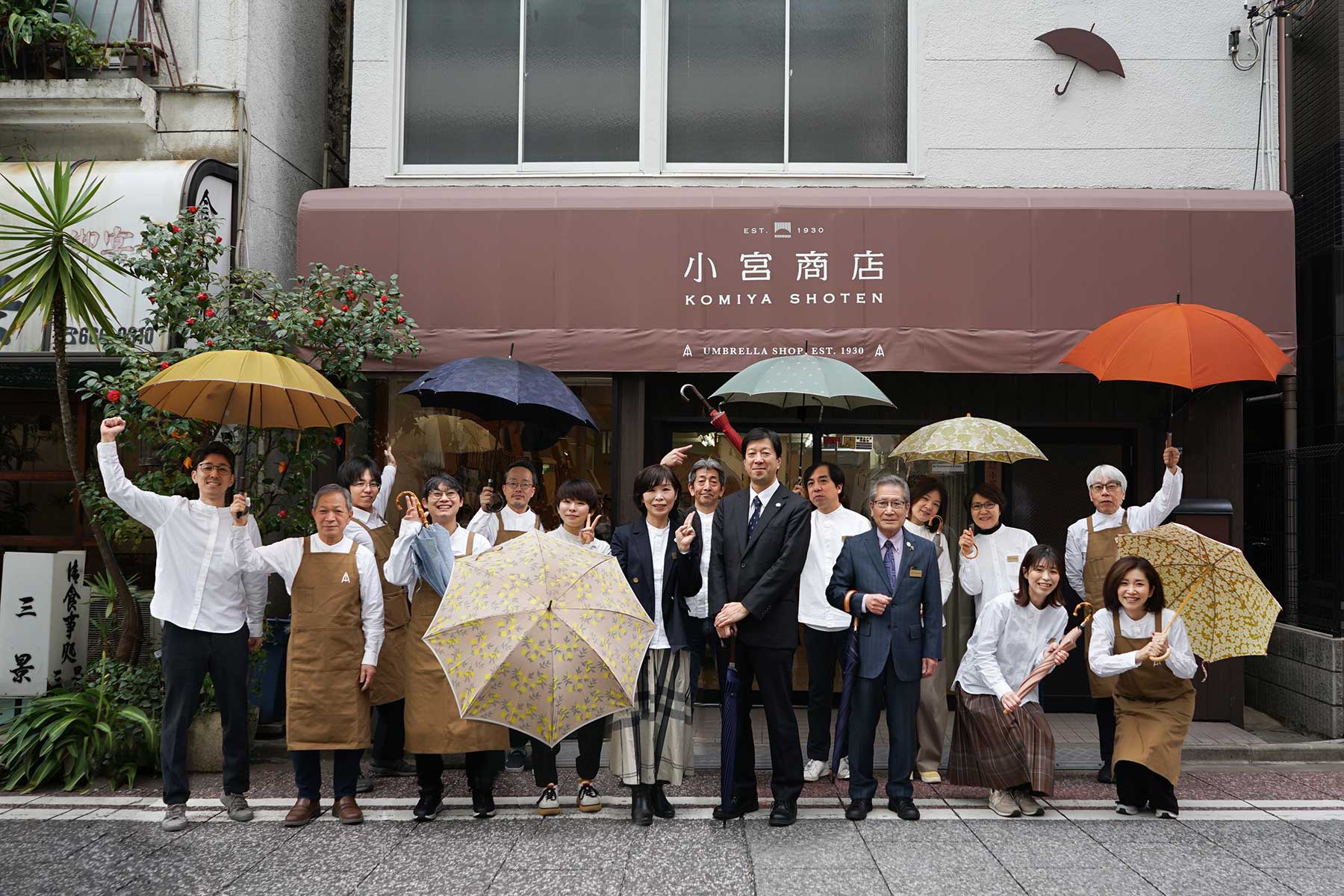My name is Watanabe and I am an apprentice craftsman.
Six months have passed since I started my apprenticeship to become an umbrella maker.
Time flies as you learn many processes and get to work every day.
Meanwhile, we finally began making the mold, which is the most important part of making an umbrella.
I think about and calculate the curved triangular shape in my own way, starting with cardboard and finally finishing it on a wooden mold.

Although I was looking forward to this process, I was a little worried about whether I would be able to make a good umbrella using my mold.
The biggest challenge was keeping "Bella" from appearing.
The term "Bella" refers to the sagging of the fabric between the bones when the umbrella is made into an umbrella.
We will think about how to get rid of the flaws and create the product with advice from senior craftsmen.
We repeat the process of trying out different lengths, such as lengthening the length by 1mm or reducing the width by 1mm.

At first I wondered if 1 or 2 mm would make a difference, but I was surprised at how much of a difference this small change made.
It's a truly rewarding process and I feel so happy when the dough becomes taut and the spatula stops coming out.
Once we got on track, we started to think about what our ideal umbrella should be, such as how to create a bigger curve or how to make it a bit more rounded.
I now have more time to talk about molds with my senior craftsmen and my two peers, and every day is filled with new discoveries.

There are many wooden molds made by my senior colleagues lined up in the workshop, and when I look at them I see a different feeling than I did six months ago, realizing that each and every one of these molds had been made over a long period of time, with lots of thought and repeated test stretching.


